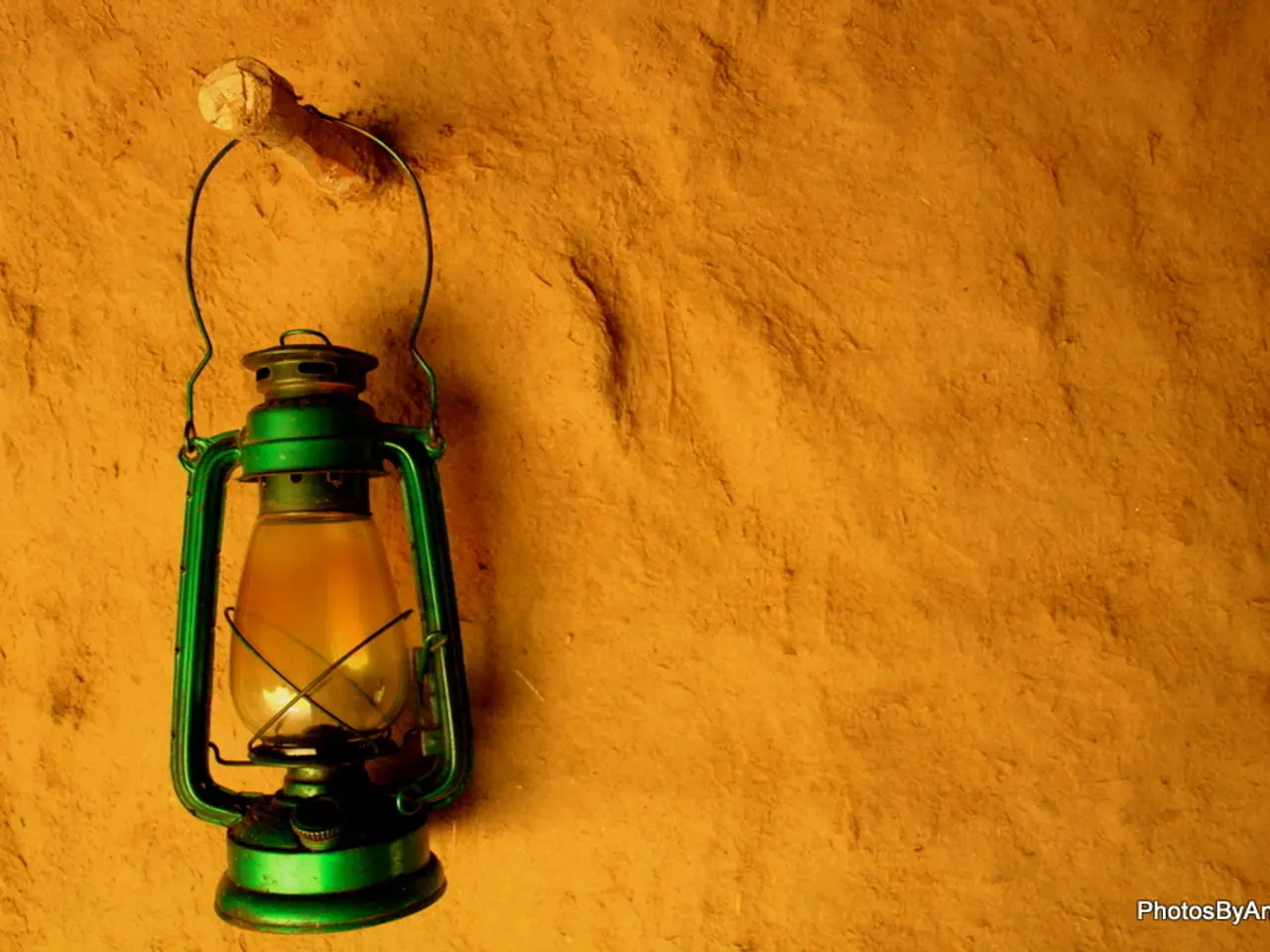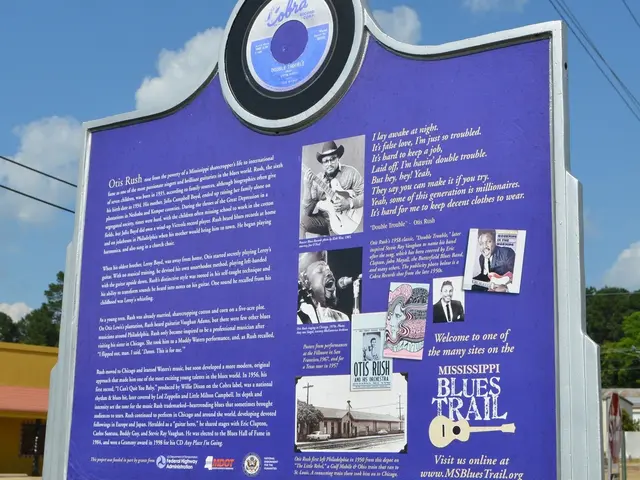A year has passed since Hurricane Helene struck North Carolina. Some students have not resumed their academic journey at school after the disaster.
In the aftermath of Hurricane Helene, which hit western North Carolina on September 27, 2024, thousands of students were left homeless due to record-breaking flooding and widespread destruction of homes and infrastructure. Terri Dolan of Swannanoa sent her two young children to stay with her parents in Charlotte ahead of the storm, and they stayed over a month before returning home.
The disaster caused by Helene resulted in more than 2,500 students being identified as homeless, according to state data. In several hard-hit counties, student homelessness spiked, with Yancey County seeing the region's highest percentage increase. The number of homeless students went from 21 in the 2023-2024 school year to 112 last school year, all but 15 of whom were homeless due to Helene.
The destruction of local infrastructure also closed schools for large stretches of time, exacerbating the time out of class. Some students enrolled in other school systems, at least temporarily, after Hurricane Helene. Others never returned.
For Natalie Briggs, a 12-year-old student, the grief of losing almost everything, coupled with the tight quarters in her grandparents' basement, sometimes got to her and her mother, Liz Barker. Bonnie Christine Goggins-Jones and her two teenage grandchildren had to leave their flooded rental home and lived in a motel, a leaky donated camper, and another camper before moving into a new apartment in June.
America Sanchez Chavez, an 11-year-old student, had to split up with her family to find housing after Helene left their trailer home uninhabitable. America moved with her mother to a room at a Black Mountain hotel where she works, while her older brother lived at a friend's house.
Gwendolyn Bode, a prelaw student at Appalachian State University, had to leave her mud-wrecked apartment complex after Hurricane Helene and moved into an Airbnb, a hotel, and eventually an apartment.
The Associated Press is collaborating with Blue Ridge Public Radio, Honolulu Civil Beat, CalMatters, and Centro de Periodismo Investigativo in Puerto Rico to examine how school communities are recovering from the disruption of natural disasters. Many districts miss out on McKinney-Vento funding, even after a natural disaster. Nationally, only 1 in 5 school districts receives McKinney-Vento money due to limited funds.
Hawaii saw a 59% increase in its homeless student population following the 2023 Maui wildfires. In the 2017-2018 school year, more than 6,700 students in Puerto Rico were identified as homeless in the aftermath of Hurricane Maria.
As the area around Asheville, western North Carolina's largest city, still has a significant housing shortage a year after the storm, it remains to be seen how these students will continue to be affected and how their schools will support them in the coming years.
Read also:
- Experiencing Life's Variety Firsthand: Gaining Insights from Life's Broad Spectrum of Experiences
- Impact of Complex Post-Traumatic Stress Disorder on Romantic Relationships: Symptoms, Causes, and Precautions
- Andrew Stunell joins in celebrating equality with graduates from a pioneering mentorship program.
- Budget Alterations Made to 2023 Toyota GR Corolla After 4,500 Miles, with a Cost of $38 for Smoothing Out the Rough 1-2 Shift




